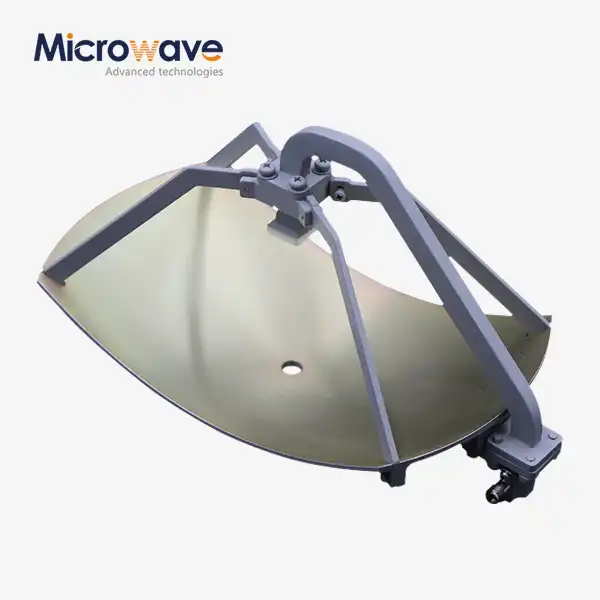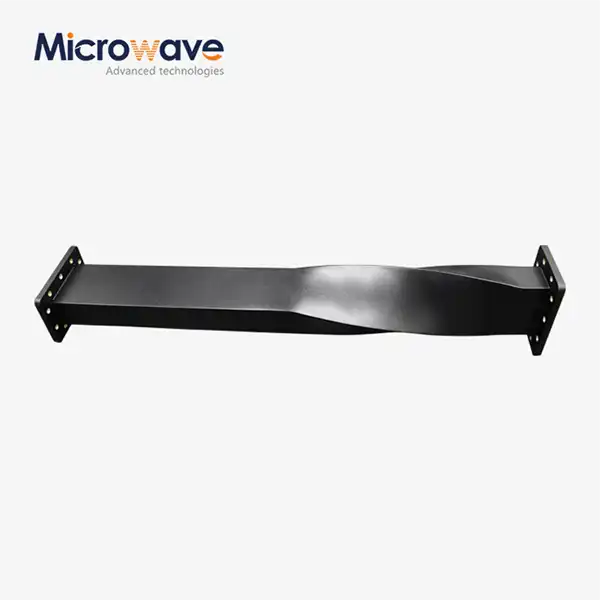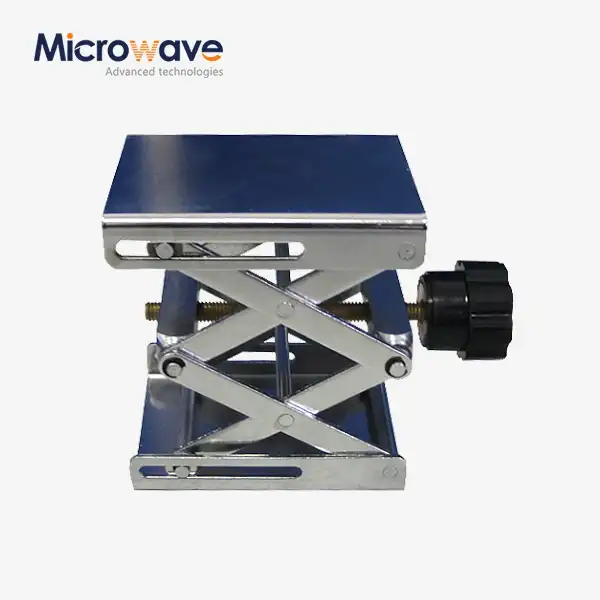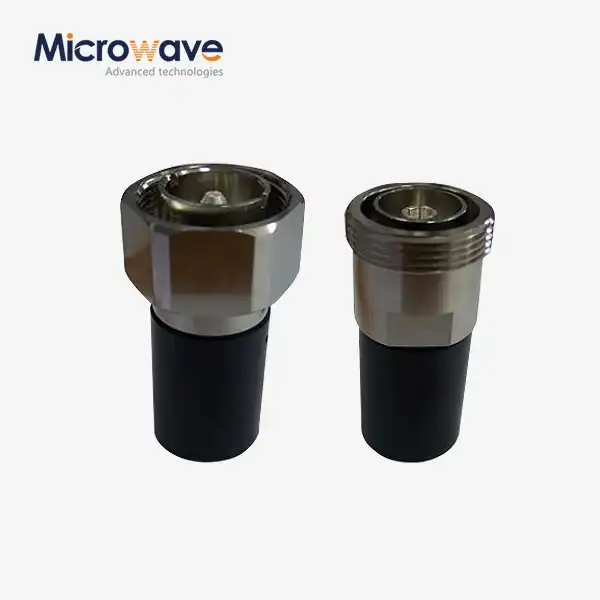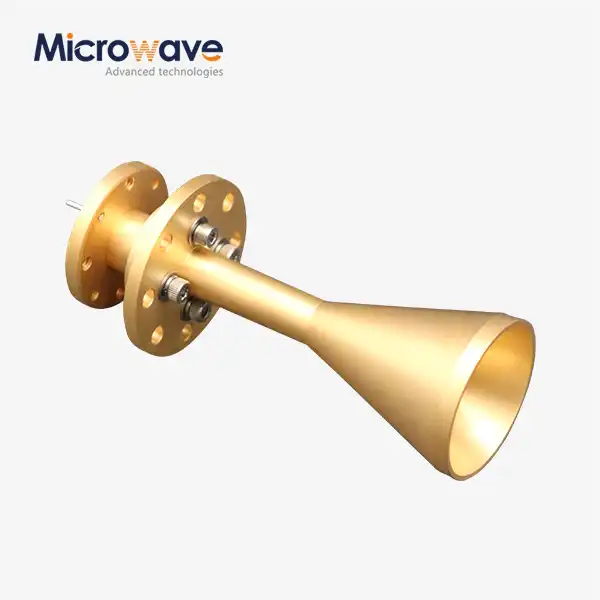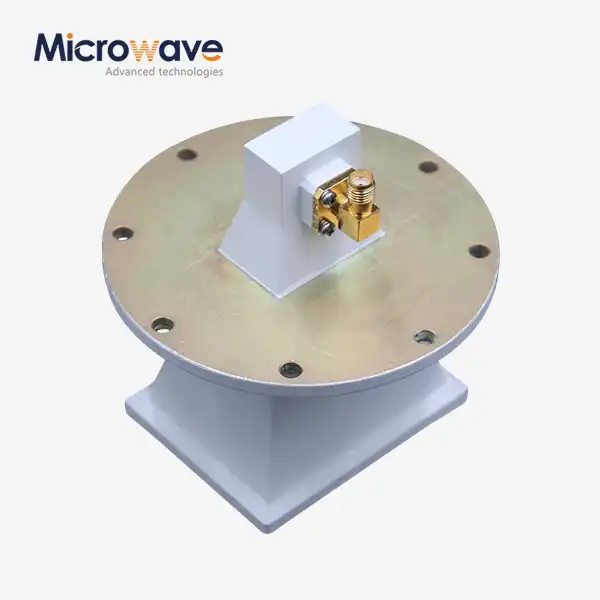How to optimize the diameter of the helical antenna to obtain a wider bandwidth while ensuring other performance?
December 3, 2024
1. Understand the Working Principle and Diameter Relationship:
- For axial mode helical antennas, know that better performance occurs when the circumference is close to the working wavelength. When aiming to widen the bandwidth, initially consider appropriately increasing the diameter to meet the adaptation between the circumference and wavelength in a wider frequency range. But remember this is just the start and other factors must be considered comprehensively.
2. Coordinate with Other Geometric Parameters:
- The number of turns: Affects the gain and effective radiation length. When increasing the diameter, adjust the number of turns appropriately. For example, if the diameter goes up and the number of turns stays the same, the antenna may get too long, causing increased loss. So, reduce the number of turns to keep the overall size reasonable while maintaining good gain.
- The pitch: A key factor influencing the working frequency range and radiation characteristics. In the process of increasing the diameter to broaden the bandwidth, dynamically adjust the pitch according to the diameter. For instance, use a gradient pitch design. At the bottom where the diameter is small, make the pitch small. As the antenna goes up and the diameter increases, increase the pitch too. This helps the antenna adapt to frequency changes at different positions and widen the bandwidth.
3. Utilize Electromagnetic Simulation Software:
- Model the antenna in the software and input initial geometric parameters, including different diameter values. Simulate the antenna's performance like bandwidth, gain, and radiation pattern within the target frequency range. Analyze the simulation results to see the impact of diameter changes on bandwidth and other aspects, enabling more accurate determination of the appropriate diameter.
4. Conduct Actual Tests:
- Build multiple spiral antenna prototypes with different diameters, selected based on electromagnetic simulation results and covering the possible optimal range. Test the prototypes using equipment like a vector network analyzer to measure reflection coefficient, gain, etc. at different frequencies. Based on the test data, further verify and adjust the diameter to ensure other performances like gain and directivity still meet requirements while widening the bandwidth.
5. Consider the Working Environment and Application Scenarios:
- In space-constrained environments like inside mobile devices, the diameter increase may be limited. Use special design techniques such as a foldable or retractable helical antenna structure. This changes the shape to increase the effective diameter without occupying much space, thus widening the bandwidth.
6 .Refer to Existing Successful Cases and Empirical Formulas:
- There's plenty of prior research in antenna design. Consult relevant literature and manuals to understand how others optimized the diameter under similar performance requirements. Combine your own design goals to reasonably decide the antenna diameter, effectively widening the bandwidth while ensuring other performance for better application in communications.
Corporate News
Can the Wideband Double-ridged Horn Antenna be customized according to different application scenarios?
What are the main working principles of Coaxial Variable Attenuators?
How to Ensure the Long-Term Stable Operation of High Power Waveguide to Coaxial Adapter?
What is the typical insertion loss and isolation for Waveguide Electromechanical Switch?
Related Blogs




